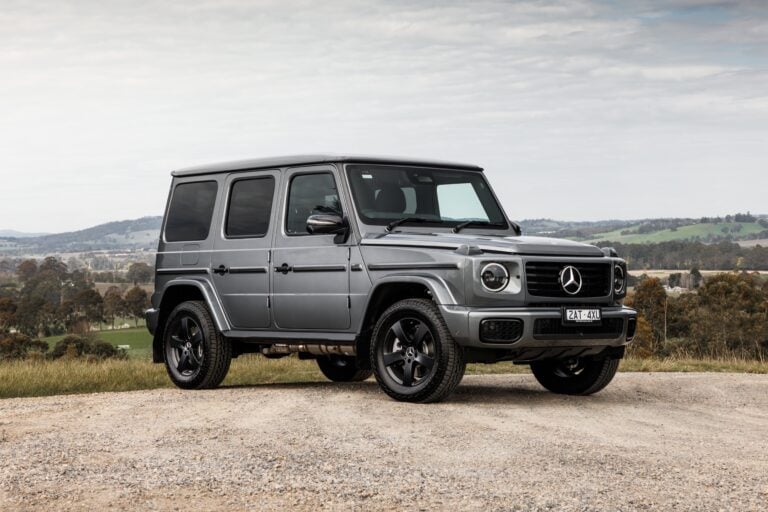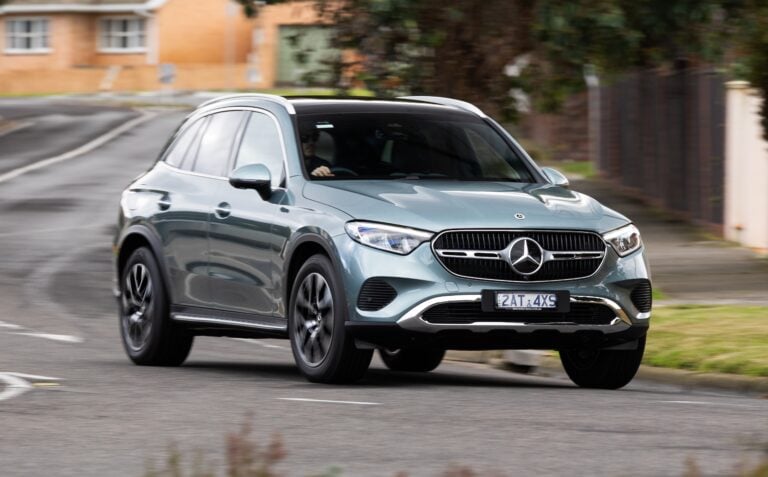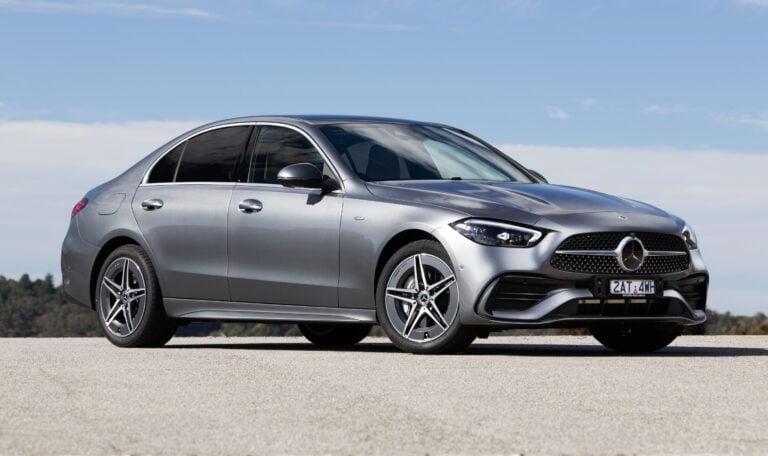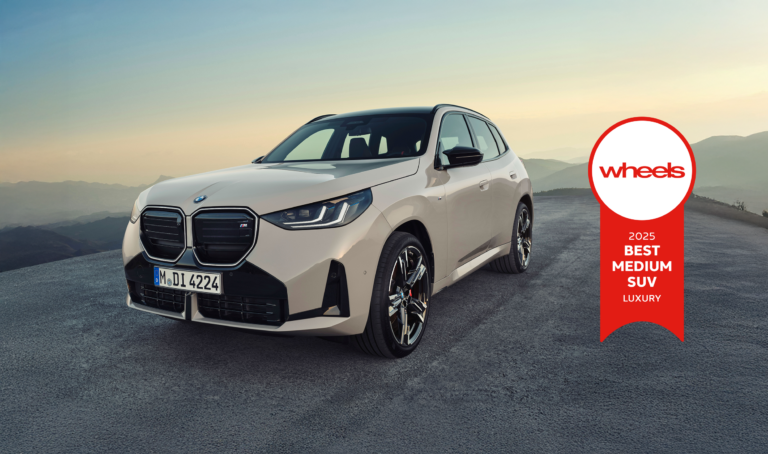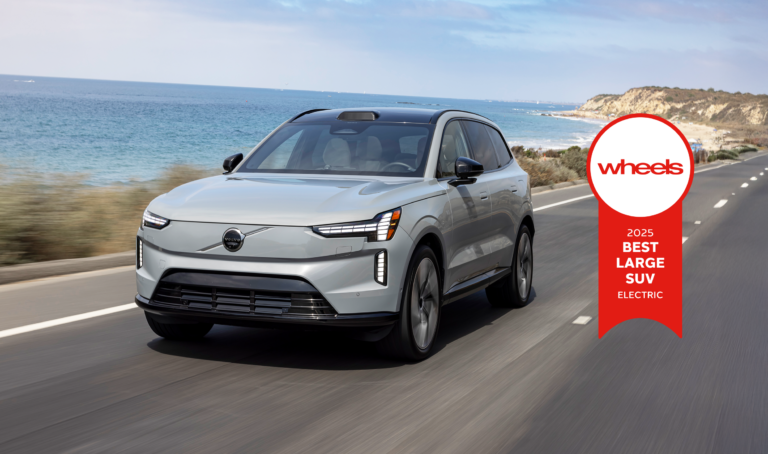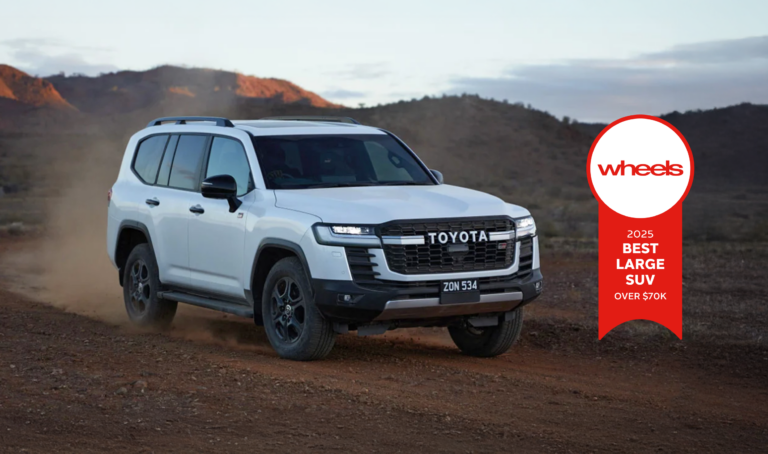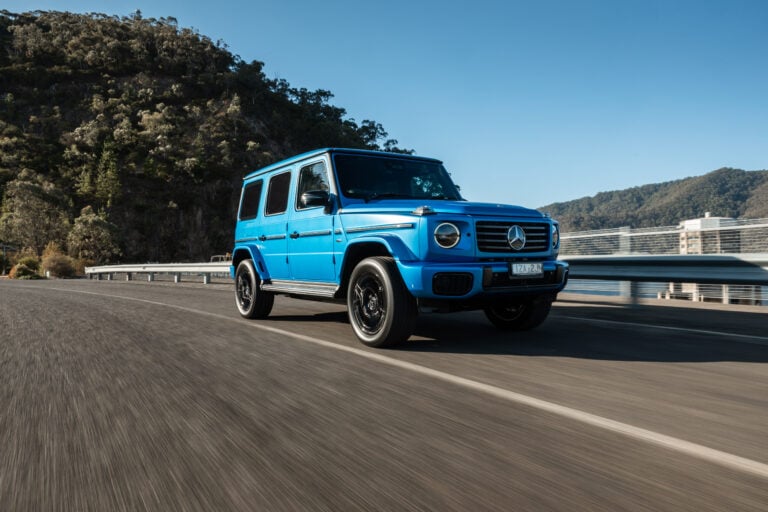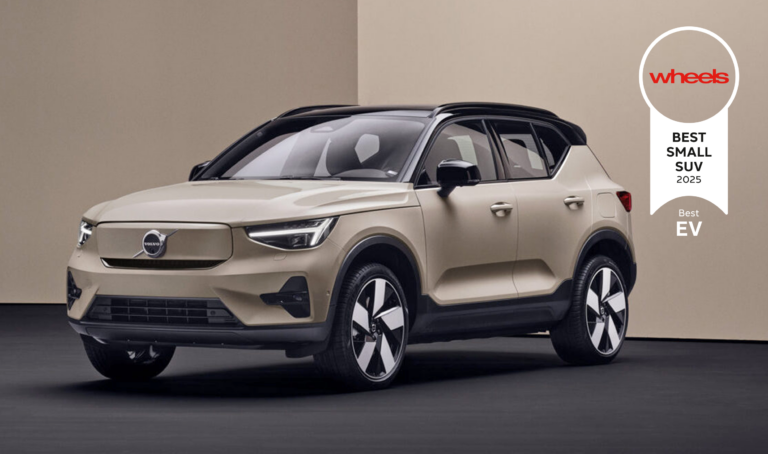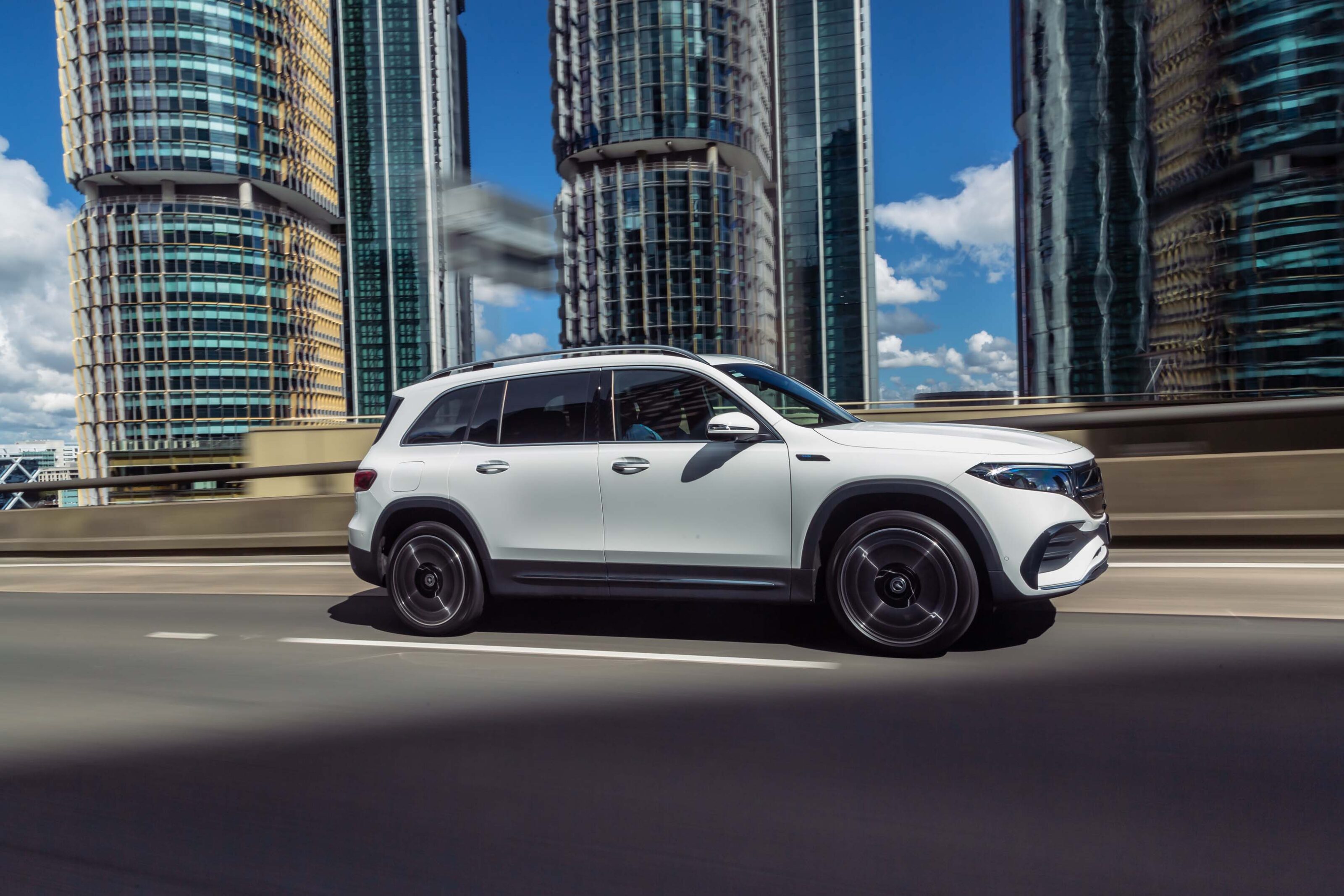

Mercedes-Benz
In 1886 Carl Benz applied for a patent for what we know to be the first vehicle powered by a petrol motor. With this rich history dating back to the late 1800s, Mercedes-Benz has become synonymous with innovation, safety, and luxury in the automotive industry, ranking as one of Australia’s most popular luxury brands.
For Benz’s range of high performance models, visit our Mercedes-AMG page here.
News
-
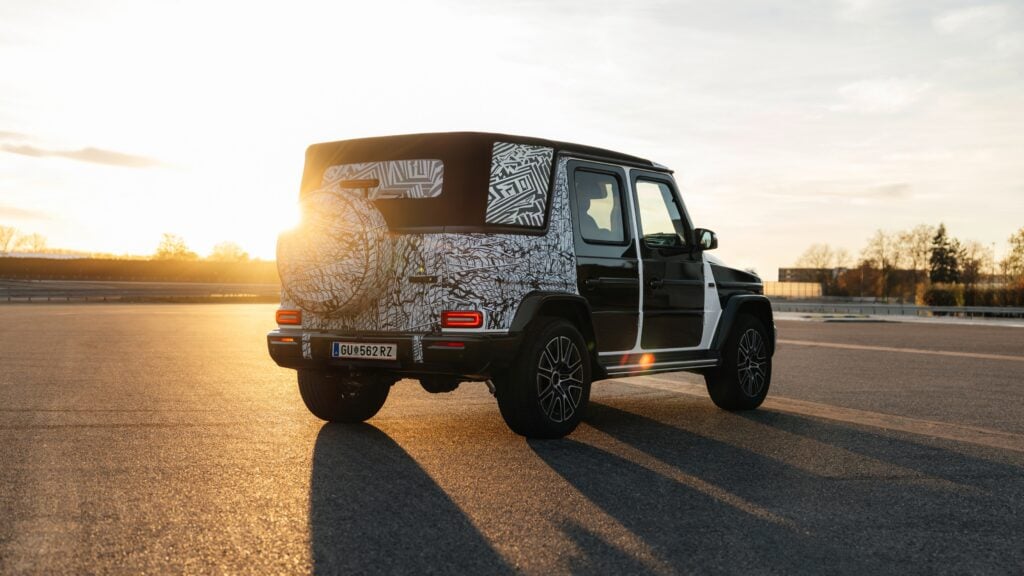 News
NewsMercedes-Benz G-Class Cabriolet starts testing ahead of world debut
A convertible version of Mercedes-Benz iconic G-Class has started testing in Austria ahead of its debut next year, and possible Australian sales.
-
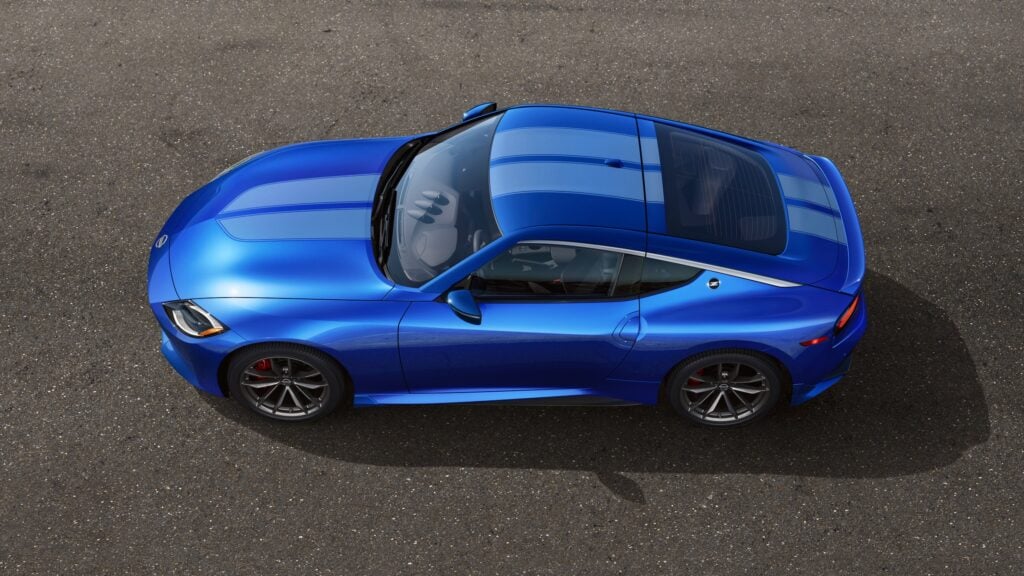 Features
FeaturesFive cars that failed to live up to the hype
Great concept, lovely execution, dud sales. For enthusiasts, the release of a new car is always an exciting time but sometimes the result doesn’t match the hype…
-
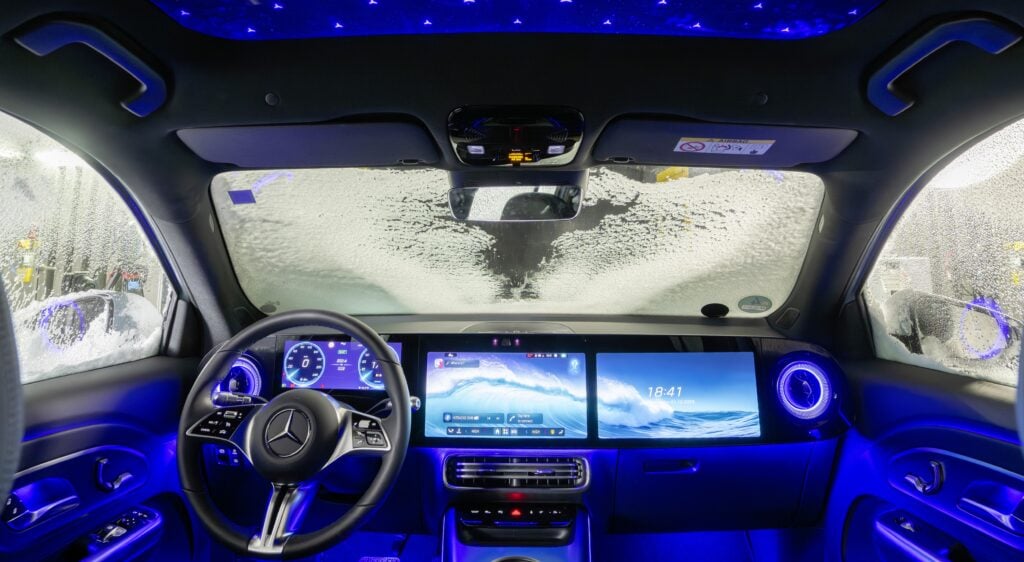 News
NewsNext-Gen Mercedes-Benz GLB: Sneak peek reveals interior screens to rival Times Square
Mercedes-Benz’s new GLB gains the CLA’s high-tech cabin, advanced MBUX infotainment and hybrid-electric drivetrains, while retaining its seven-seat practicality and familiar boxy silhouette.
-
 News
NewsMercedes-AMG GLC 43 Carbon Edition: New performance features added to hi-po SUV and Coupé
Sportier styling, new standard features and better value characterise the new Mercedes-AMG GLC 43 Carbon Edition, which is on sale now.
-
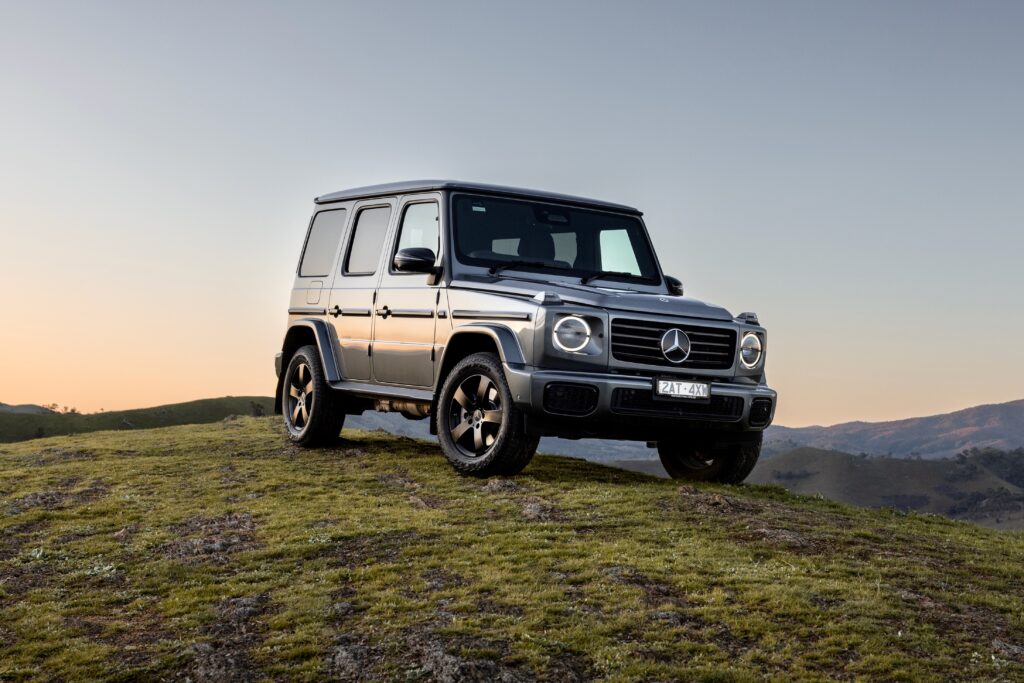 News
NewsMercedes-Benz G 450 d: Diesel variant aims to appeal to a new set of buyers with greater off-road focus
-
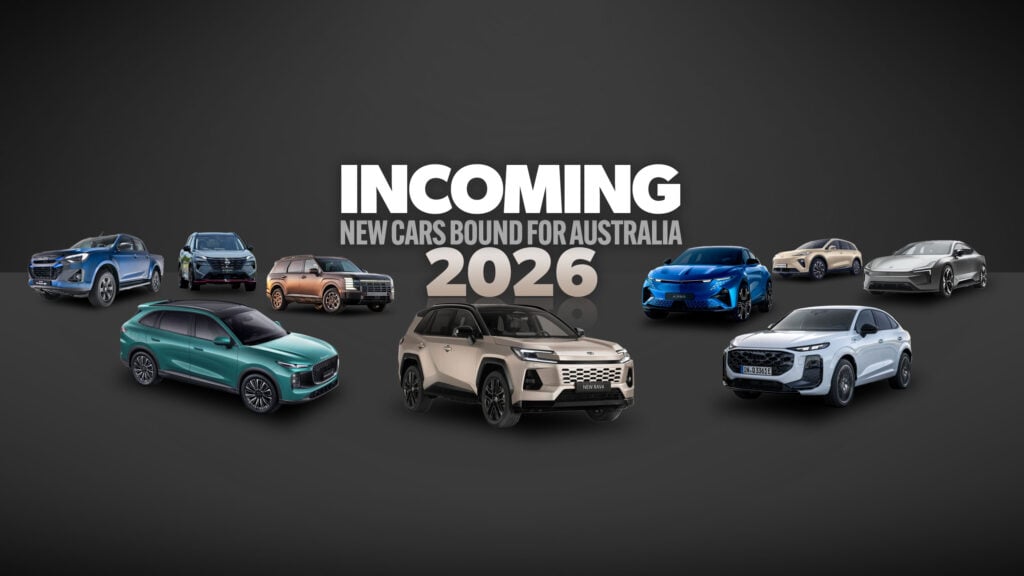 News
NewsNew car calendar 2026: All the new cars coming to Australia next year
-
 Features
FeaturesAustralia’s top 10 medium SUV boot space champions revealed
-
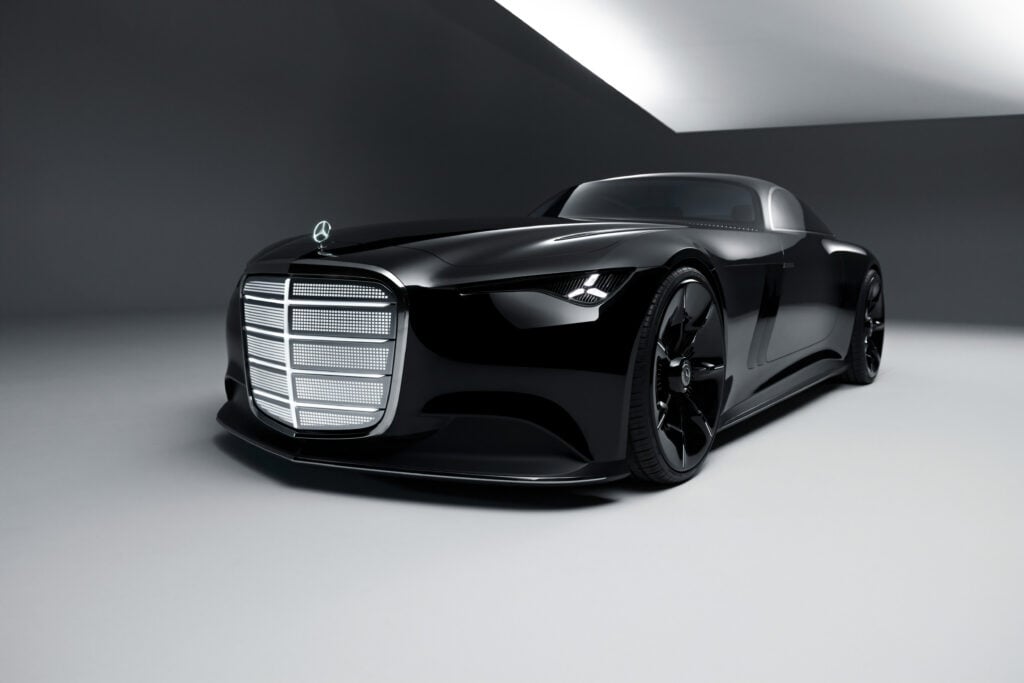 News
NewsMercedes-Benz Vision Iconic revealed: Art Deco elegance blends with future tech in ultimate show car
About Mercedes-Benz
Mercedes-Benz offers a diverse lineup to cater to various needs. Sedans such as the C-Class and E-Class are ideal for daily commuting and family use. For those seeking more spacious options, the GLA, GLC, and GLE SUVs provide versatility and comfort. The CLA and S-Class coupes appeal to enthusiasts in search of a sporty drive, while the SL and SLC convertible models offer the pleasure of open-top motoring.
The brand’s history dates back to the late 1800s, with the invention of the first gasoline-powered automobile by Karl Benz. The brand’s legacy is built on a commitment to innovation, safety, and luxury. Over the years, Mercedes-Benz has become a global symbol of automotive excellence, continually pushing the boundaries of engineering and design to create vehicles that combine performance, sophistication, and cutting-edge technology.
